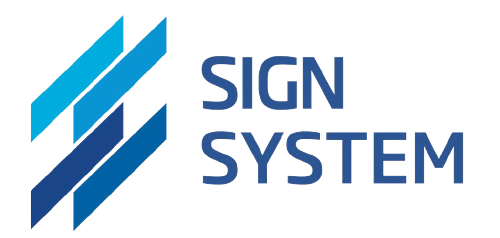Seiu Side Letter Agreement
The SEIU Side Letter Agreement: What it Means for Workers
The Service Employees International Union (SEIU) is one of the largest and most influential labor unions in the United States. Representing over 2 million workers across a wide range of industries, including healthcare, janitorial services, and public sector employment, the SEIU is a powerful force for collective bargaining and worker advocacy.
One important tool in the SEIU’s arsenal is the side letter agreement. This is a supplemental agreement to a collective bargaining agreement (CBA) that addresses specific issues or concerns that are not fully covered by the main agreement. Side letter agreements can be used to address anything from pay raises to workplace safety to time off and benefits.
In the case of the SEIU, side letter agreements are often used to secure additional protections or benefits for workers beyond what is provided in the CBA. For example, a side letter agreement might guarantee paid time off for workers who have to take time off for medical appointments or family emergencies, or it might require an employer to provide additional training or equipment to ensure worker safety.
The SEIU’s use of side letter agreements has been particularly effective in securing benefits for workers in industries that are traditionally low-paid or precarious, such as healthcare and janitorial services. Many of these workers are not covered by federal labor protection laws such as the National Labor Relations Act, which means they are more vulnerable to exploitation and abuse by employers.
By leveraging the power of side letter agreements, the SEIU has been able to negotiate better working conditions, pay raises, and benefits for these workers. For example, in 2016, the SEIU negotiated a side letter agreement with healthcare employer Kaiser Permanente that secured wage increases and additional training for thousands of healthcare workers.
However, side letter agreements are not without controversy. Some employers argue that they create additional administrative burdens and can lead to confusion or ambiguity in employment agreements. Additionally, some critics argue that side letter agreements can be used to circumvent the democratic process of collective bargaining, allowing unions to negotiate special deals with employers without the full participation of workers or their elected representatives.
Despite these concerns, side letter agreements remain an important tool for unions like the SEIU to secure additional benefits and protections for workers. As the labor landscape continues to shift in the wake of the COVID-19 pandemic, it is likely that side letter agreements will become even more important in ensuring that workers are protected and compensated fairly for their labor.
